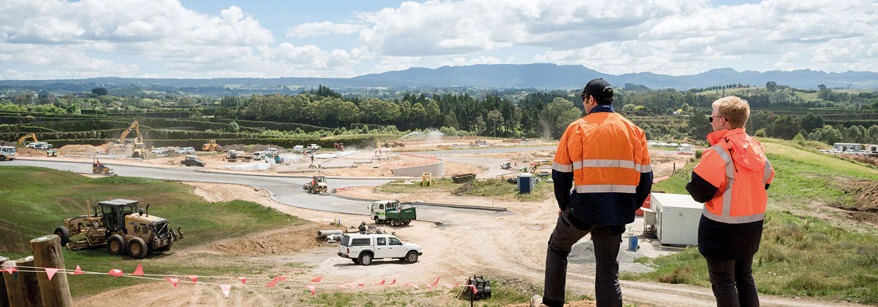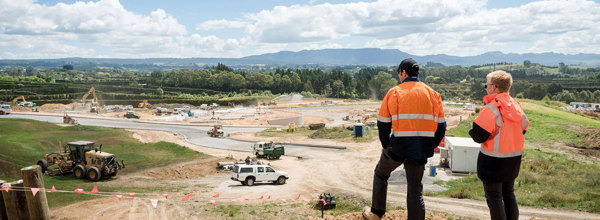Resource consents help sustainably manage and protect our natural environment and resources.
The purpose of a resource consent is to put controls around activities that may have an effect on the environment. Consent must meet the requirements of:
- Resource Management Act 1991
- National Policy Statements
- Environmental Standards
- Regulations and also make sure the rules and policies in our regional planning documents are being followed.
Finding resource consents across the region
Use our Consents mapping tool to locate consents across the Bay of Plenty.
Fast-track consenting
The Fast-track Approvals Act establishes a permanent fast track approvals regime for a range of infrastructure, housing and development projects. Under this Act, applicants with eligible projects can apply to bypass the normal resource consent process. Final decisions on projects will be made by an expert panel.
The Act has been in force since 23 December 2024.
You can view a full list of Fast-track projects that have been selected, or a list of Bay of Plenty projects below:
- Foresta - Kawerau - Stage 1 - Pine Chemicals and Wood Pellet Plant
- Bell Road Limited Partnership, Wairakei South
- Tauriko West by Tauriko Property Group
- Ngā Pōtiki a Tamapahore Trust, Tara Road Development
- Port of Tauranga Limited, Stella Passage Development
- New Zealand Transport Agency Waka Kotahi, Takitimu North Link Stage 2
- Port of Tauranga Limited, Capital and Maintenance Dredging Reconsenting Project
- New Zealand Transport Agency Waka Kotahi, SH29 Tauriko Network Connections (including Omanawa Bridge replacement)
- Te Rāhui Herenga Waka Limited Partnership, Te Rāhui Land Fill Project
- Katikati Quarries (2001) Ltd, Katikati Quarry Expansion
- Manawa Energy Limited, Kaimai Hydro-Electric Power Scheme Re-Consenting
- Manawa Energy Limited, Wheao Hydro-Electric Power Scheme Re-Consenting
More information on Fast-track projects and the process can be found on the government website www.fasttrack.govt.nz
This Act builds on the fast-track consenting process which was introduced under the COVID-19 Recovery (Fast-track Consenting) Act 2020 (which has since been repealed and no further project applications can be lodged) as well as the fast-track consenting process for some infrastructure and housing projects under the Natural and Built Environment Act 2023. You can learn about projects that were lodged through both legislation, as well as their current status on the Environmental Protection Authority website. Bay of Plenty based projects are that are currently in this process, or have been decided through this process, are noted below:
- Summerset retirement village – Rotorua
- Taheke geothermal project
- Tauranga innovative courthouse - granted
- Construct and operate a retirement village on Pitau Road, Mt Maunganui - granted
- Ngongotahā housing development - granted
- Whakatāne commercial boat harbour - granted.
If you have applied for a project to be considered through a Fast-track process or intend to, we encourage you to start pre-application engagement with us. Email Consents.Queries@boprc.govt.nz






